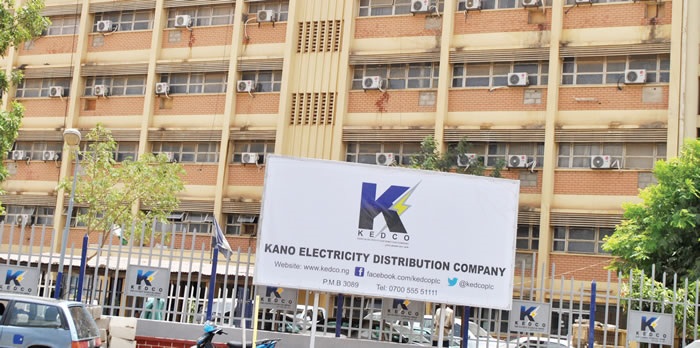The recent banking meltdown and collapse of Silicon Valley Bank have led to investors seeking more stable alternatives, and money market funds have seen an influx of cash as a result. These funds invest in short-term securities like government bonds and commercial debt, and aim to provide investors with a stable investment option that offers higher returns than traditional savings. However, money markets also carry risks of their own, particularly when experiencing a large wave of investors all at once.
Since the Federal Reserve began raising interest rates a year ago, the amount of money in money market funds has increased by around $400 billion, with a record $5 trillion currently invested. The majority of this new money came from institutional investors, but retail investors may soon follow suit. Goldman Sachs economists predict that Americans could sell up to $1.1 trillion in stocks this year and put the money into credit and money market assets instead.
However, the more money that is invested in money market funds, the greater the risk of a liquidity crisis. These funds are deeply interconnected with the wider financial system and often face the same risks as banks. They invest in securities with maturities of 90 days or less, making them very sensitive to changes in interest rates. Additionally, they invest heavily in commercial debt, and if there is a significant economic downturn, the issuers may default on their obligations.
Money markets experienced a meltdown in 2020 during the pandemic-induced panic, and the US Department of the Treasury and the Federal Reserve had to intervene to prevent a destabilizing rapid withdrawal of money from the funds. These events exposed vulnerabilities in the system, but new proposals for increasing investor safety are expected to be unveiled by the Securities and Exchange Commission next month. It is important to note that cash invested in money market funds is not insured by the Federal Deposit Insurance Corporation, and the funds are not guaranteed by the US government.





